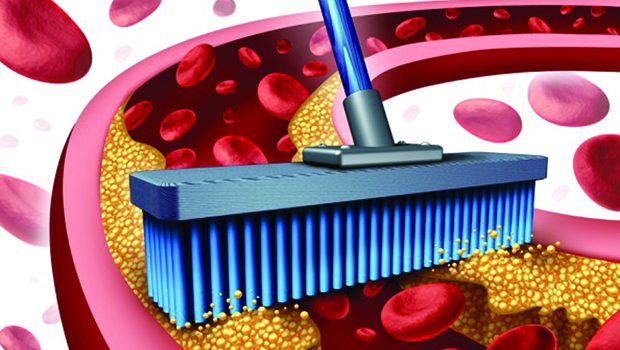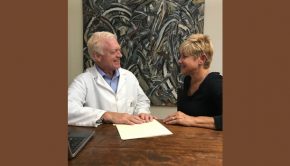Eliminating Toxins from the System
by Douglas J. Pucci
One of the fad medical concepts of recent years is called chelation therapy, a treatment that is designed for heavy metal poisoning. Medicines and nutritional compounds called chelators are used to bind to the metals in the bloodstream; this metal-chelator compound is then eliminated in the urine. An example of an intravenous (IV) metal chelator is called edatate calcium disodium. A nutritional compound would be dimercaptosuccinic acid, or DMSA. Both are examples of products designed for use in extreme and rare cases to rapidly remove metals and prevent further damage from exposure.
Chelation therapy has serious side effects and is only approved for limited use in documented cases of heavy metal poisoning under medical supervision with prescription drugs. In 2007, the National Center for Health Statistics cited statistics that many more people (111,000 adults, along with 72,000 children) reported having used chelation therapy than would be likely for the limited number of approved indications. The risks include kidney failure, brain damage, coma and death. What this tells us is that patients are concerned about their toxic load, the effect it has on their health and are willing to risk the side effects for better health.
Purported uses include treating damaged arteries (atherosclerosis) by removing calcium from arterial plaques; treating intermittent, painful leg cramps due to arteriosclerosis (claudication); curing or improving symptoms of autism; preventing or curing neurodegenerative conditions such as Alzheimer’s disease; treating diabetes and heart disease. The problem with this is that most, if not all of these patients have already compromised immune systems and underlying, often untreated inflammatory conditions. Their health is poor to begin, with and in the process of chelating, their bodies are flooded with free-floating, unbound metals.
It’s important to note that everyone has toxic metals in their system. All children are born with some toxic burden as metals pass from mother to child. Other sources include food, drinking water, pharmaceutical drugs of many kinds, over-the-counter drugs, cosmetics and other environmental sources that accumulate over a lifetime from air pollution, dental materials and contact with toxic metals at home and work.
A good practitioner will assume that everyone has toxic metals. Indicators include a history of fungal infection such as Candida, chronic bacterial or viral infection, autoimmune disease and damage to major organs such as the heart, the gut and thyroid, hormone imbalances and diseases of the joints, bones and nerves. Toxic metals are not the most important assessment; it is far more important to figure out a person’s energy level, oxidation rate, ability to eliminate toxic metals and the ability to digest and assimilate nutrients, as well as a few other parameters of health.
Dr. Doug Pucci, DC, FAAIM, regularly offers in-office seminars presenting the latest science and clinical data on neurotoxic illness and chronic disease. For more information, call 201-261-5430 or visit GetWell-Now.com.





























